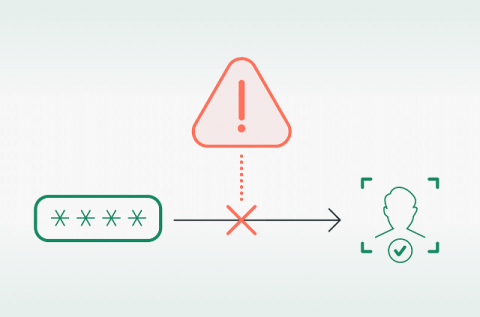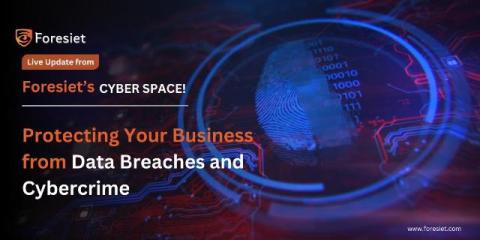Ruby affected by CVE-2024-45409
CVE-2024-45409 is a critical vulnerability in the Ruby-SAML (affecting versions up to 12.2 and from 1.13.0 to 1.16.0) and OmniAuth SAML libraries. It hence effectively poses a security risk for unpatched versions of GitLab (read more on the GitLab blog). This vulnerability arises from improper verification of the SAML Response signature. An attacker with access to any signed SAML document can forge a SAML Response or Assertion with arbitrary contents.











